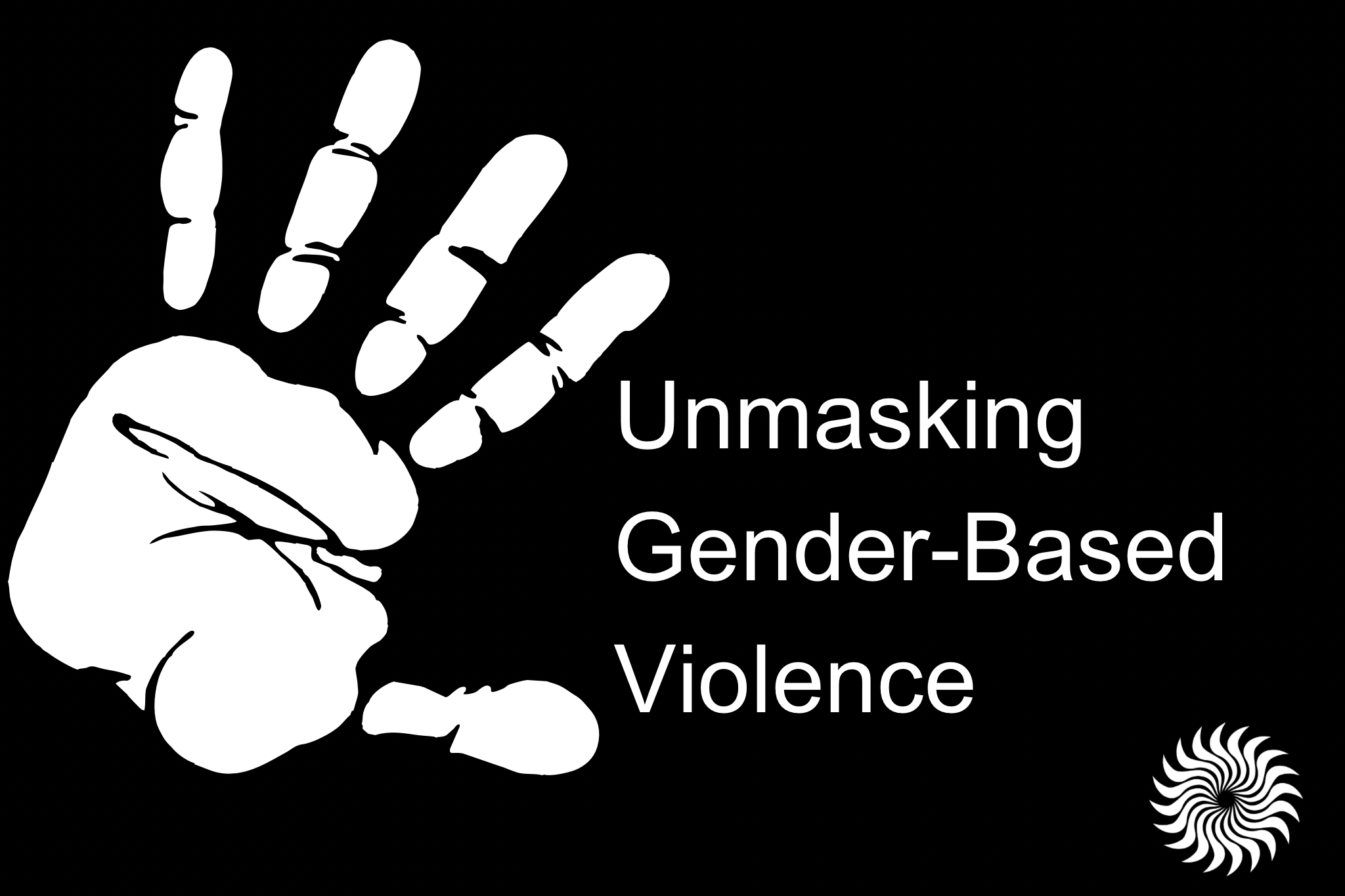Unmasking Gender-Based Violence: A Pervasive Challenge for Working Women in South Africa
Written by Roelien Herholdt, JET Specialist Researcher: Assessments

Introduction
Gender-based violence (GBV) against women is a pervasive issue that extends its toxic roots into the workplace environment in South Africa. Despite significant strides in recognising women's rights, a distressing number of women continue to face various forms of violence within their professional spheres. This article delves into the alarming reality of GBV in the South African workplace, examining its manifestations, underlying factors, and the imperative for comprehensive interventions.
Understanding the Landscape
Gender-based violence encompasses a range of behaviours and actions that result in physical, sexual, or psychological harm, disproportionately affecting women. In South Africa, the workplace becomes an unfortunate battleground where women encounter harassment, discrimination, and violence based on their gender. Studies indicate that a significant number of women have experienced some form of GBV in their professional lives (Smith, 2020).
Manifestations of GBV in the Workplace
1. Sexual Harassment: One of the most prevalent forms of GBV in the workplace is sexual harassment. Unwanted advances, inappropriate comments, or coercive behaviour contribute to a hostile work environment, leaving lasting impacts on victims.
2. Discrimination: Gender discrimination, including pay disparities, unequal opportunities for advancement, and prejudiced treatment, perpetuates an environment that marginalizes and disempowers women.
3. Cyberbullying: The rise of technology has introduced new avenues for GBV, with cyberbullying being increasingly reported. Women may face online harassment, threats, or malicious dissemination of personal information affecting their professional and personal lives.
Underlying Factors
Several factors contribute to the perpetuation of GBV in South African workplaces:
1. Patriarchal Structures: Deep-rooted patriarchal norms and power imbalances reinforce the prevalence of GBV, with men often holding positions of authority.
2. Societal Norms: Societal norms that perpetuate gender stereotypes contribute to the normalization of GBV, making it challenging for victims to come forward.
3. Inadequate Policies: Weak implementation of existing policies and insufficient legal frameworks leave gaps for perpetrators to act with impunity.
Impact on Women and Workplaces
GBV takes a toll on both individuals and organisations. Women who experience violence in the workplace often suffer from mental health issues, decreased productivity, and may ultimately leave their jobs. Employers face increased absenteeism, high turnover rates, and reputational damage.
How JET Addresses the Challenge
1. Policy Enhancement: JET strengthened its policies over many years and is strictly enforcing these policies. These policies include reporting mechanisms, investigations, and appropriate consequences for perpetrators.
2. Training and Awareness: JET makes available comprehensive training programs that raise awareness among employees, fostering a culture of respect and gender equality. This includes educating topics such as recognising, preventing, and reporting GBV for both men and women.
3. Support Mechanisms: JET makes available supportmechanisms such as confidential reporting channels, counselling services, and legal assistance to empower victims to come forward without fear of retaliation.
Conclusion
Gender-based violence in the workplace is a deeply entrenched issue that demands urgent attention and collective action. Organizations, policymakers, and individuals must work collaboratively to create environments that prioritize safety, equality, and dignity for all employees. By dismantling the structures that enable GBV and fostering cultures of inclusivity, South Africa can move towards a future where workplaces are free from the shadows of gender-based violence.
References:
Smith, A. (2020). Gender-Based Violence in South African Workplaces: A Comprehensive Study. Journal of Gender Studies, 15(3), 217-235.
